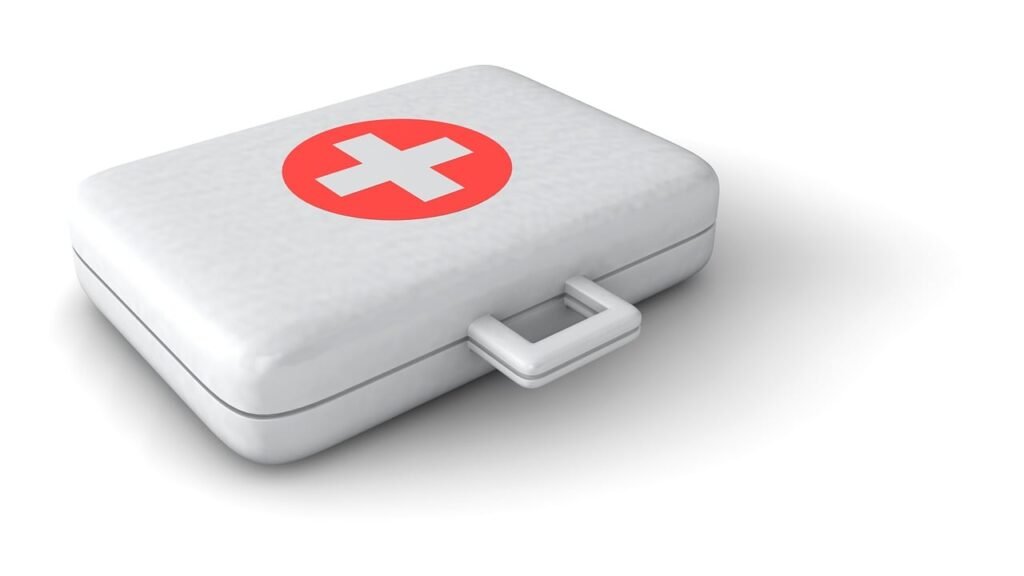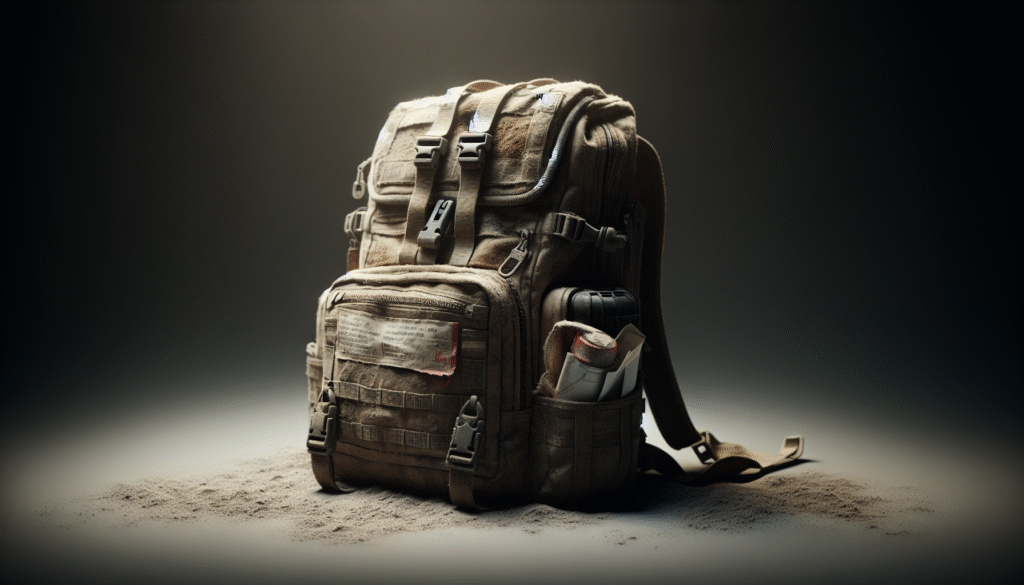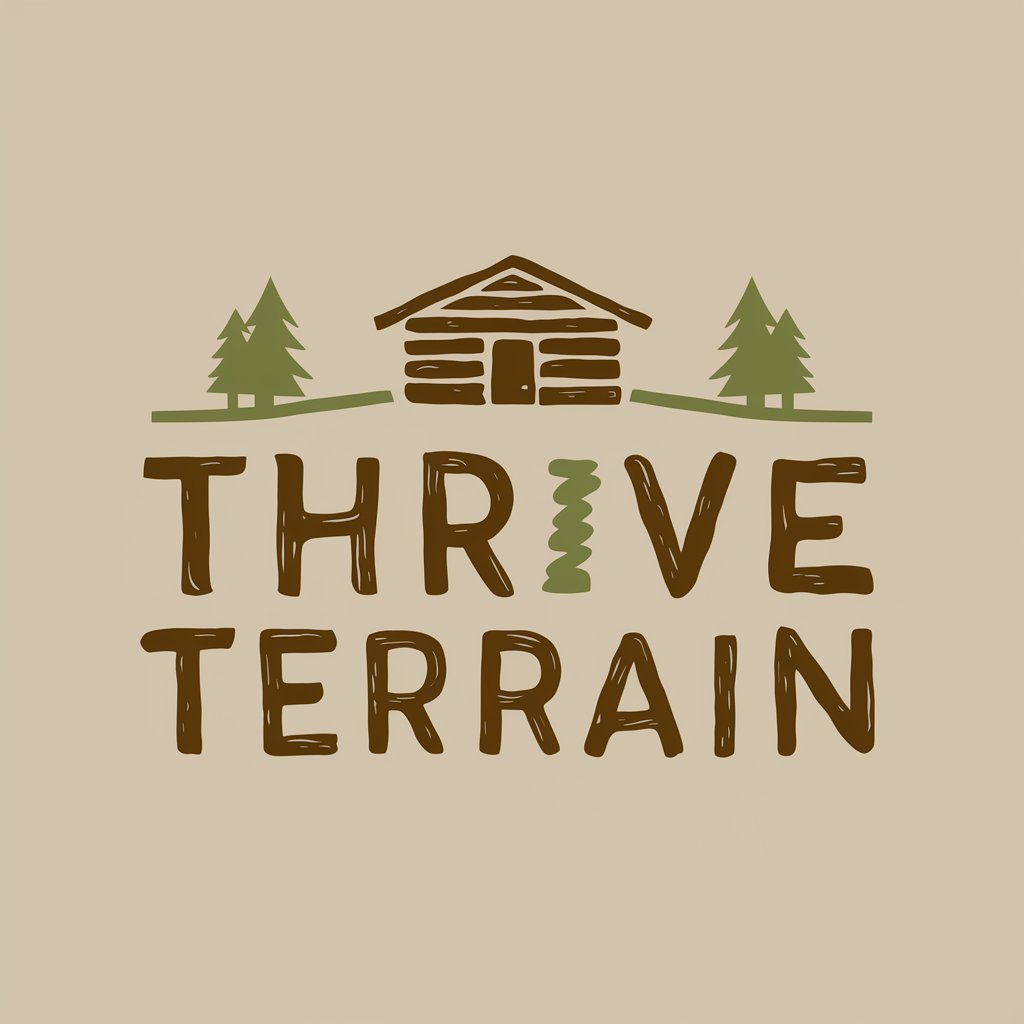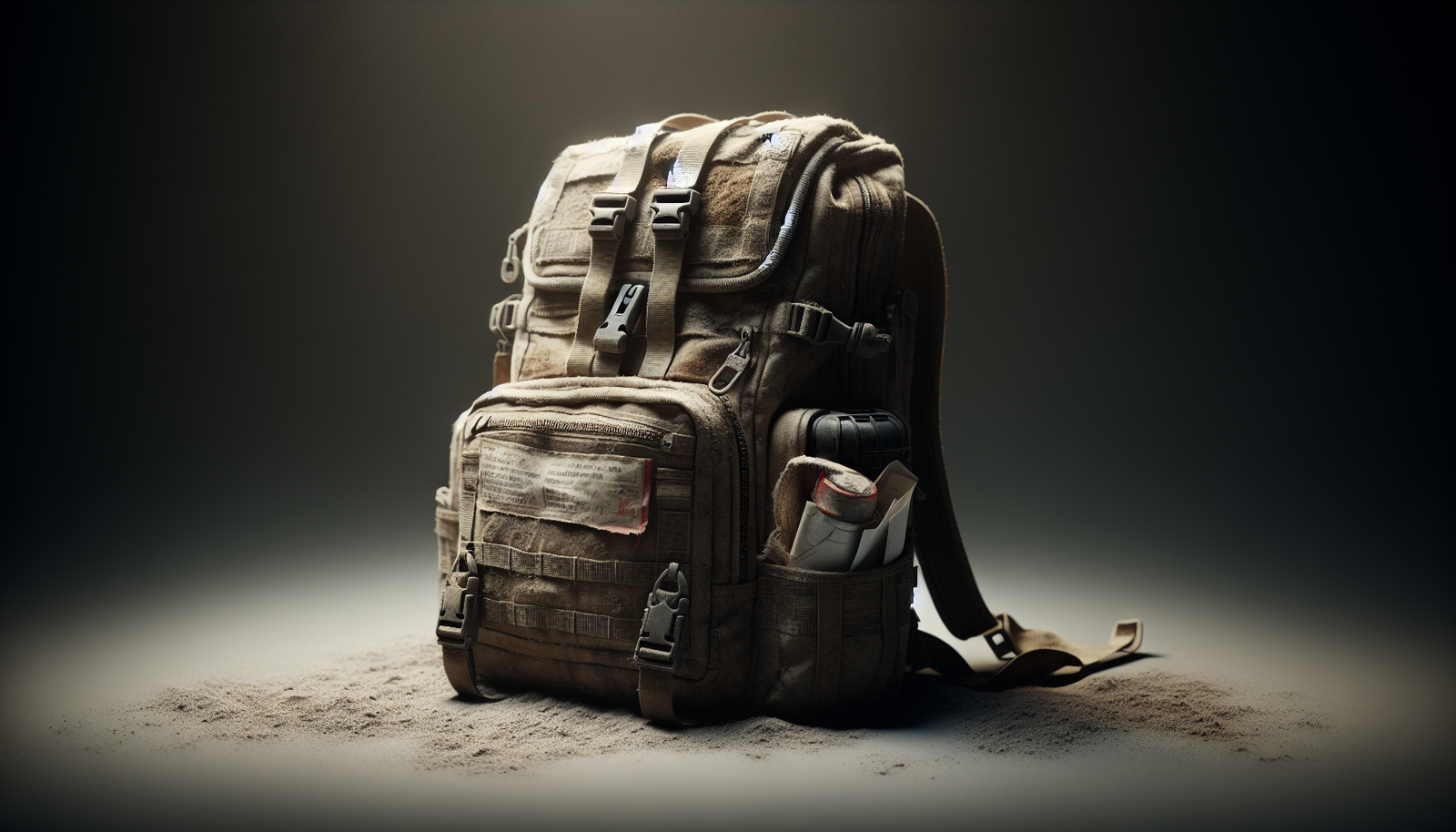Are you confident your disaster plan actually prevents the common pitfalls people make when emergencies strike?

This image is property of pixabay.com.
What Are The Top Mistakes People Make In Disaster Preparation?
This article walks you through the most frequent errors people commit when preparing for disasters and shows how to fix them. You’ll get concrete actions, checklists, and easy-to-follow guidance so your readiness is practical and reliable.
Why focusing on mistakes matters
Understanding common mistakes helps you prioritize the most impactful changes first. When you correct the typical errors, your preparedness improves rapidly without wasteful effort.
How to use this guide
Read each mistake and the “How to fix it” steps that follow so you can apply changes immediately. Use the tables and checklists to create or update your disaster plan and supplies.
Mistake 1: Not having a written, practiced plan
You may think you remember everything you need, but memory fails under stress. Without a written plan that everyone in your household has practiced, confusion and delays will almost always occur.
How to fix it:
- Write a clear plan that includes evacuation routes, shelter-in-place instructions, roles, and meeting points.
- Practice the plan at least twice a year, including a nighttime drill and a drill simulating limited mobility or reduced communication.
Mistake 2: Failing to identify and prioritize hazards
Many people prepare for a generic “disaster” rather than the specific threats most likely in their area. You’ll be better prepared if you focus on the hazards that could realistically affect you.
How to fix it:
- Identify local risks (flooding, wildfire, earthquake, hurricane, winter storms) and rank them by likelihood and potential impact.
- Tailor your kit and mitigation measures to those prioritized risks.
Mistake 3: Inadequate communication planning
You might assume your usual methods of contacting family or coworkers will work during an emergency; they often won’t. Cell towers and local networks can fail, leaving you without a reliable way to confirm everyone’s safety.
How to fix it:
- Establish an out-of-area contact person who can act as a central check-in point.
- Create redundant communication methods: text, email, social media status updates, battery-powered radio, and written contact cards.
Use this simple communication plan template to get started:
| Purpose | Who | Primary Method | Backup Method | Notes |
|---|---|---|---|---|
| Household check-in | Out-of-area contact | SMS or call | Email or social media | Everyone saves contact as “Family Check” |
| Emergency alerts | All family members | Smartphone alert apps | NOAA weather radio | Test monthly |
| Meeting point confirmation | Household | Call | Designated meeting spot at library | Agree on local & out-of-area locations |
Mistake 4: Overreliance on a single source of information
If you trust only your smartphone or one news channel, you risk missing critical, localized updates. Information sources can be wrong, delayed, or unavailable.
How to fix it:
- Use multiple sources: official local emergency management channels, NOAA weather radio, trusted national alerts, and community messaging systems.
- Subscribe to local alert services and set your phone to receive emergency notifications.
Mistake 5: Poor emergency kit planning and outdated supplies
People either assemble kits that are insufficient or never check and rotate supplies. When disaster hits, expired medications or dead batteries will render a kit useless.
How to fix it:
- Build a kit for at least 72 hours, preferably 7–14 days, and include food, water, medications, important documents, light, power, sanitation, and comfort items.
- Rotate perishable items and check kit contents every six months. Replace batteries and expired medicine promptly.
Suggested emergency kit contents (basic to expanded):
| Category | Basic (72 hours) | Expanded (7–14 days) |
|---|---|---|
| Water | 1 gallon per person per day | 1–2 gallons per person per day |
| Food | Nonperishable for 3 days | Nonperishable for 7–14 days |
| Medications | 3-day supply | 1–2 month supply if possible |
| Lighting | Flashlight + spare batteries | Headlamps, lanterns, extra batteries |
| Power | Phone charger | Power bank or solar charger |
| Sanitation | Moist towelettes, garbage bags | Toilet supplies, hygiene supplies |
| Documents | Copies of ID, insurance | Digital backups on encrypted drive |
| Comfort | Blanket, change of clothes | Extra clothing, personal items |
| Tools | Multi-tool | Small toolkit, duct tape, rope |

This image is property of pixabay.com.
Mistake 6: Forgetting pets and service animals
You might prepare for humans only and overlook pets’ needs, which forces tough choices later. Pets are part of your household and must be included in plans and kits.
How to fix it:
- Pack pet food, water, medications, leashes, carriers, and recent photos in your emergency kit.
- Know pet-friendly shelters, hotels, and evacuation sites ahead of time. Include pet microchip and vaccination records with your documents.
Mistake 7: Not planning for special medical needs
People with chronic conditions, disabilities, or elderly family members are often left vulnerable by generic plans. Medical needs require specific, proactive planning.
How to fix it:
- Maintain at least a 7–14 day supply of medications and necessary medical equipment batteries.
- Develop a medical information packet with prescriptions, provider contacts, and device instructions. Share copies with family and caregivers.
Mistake 8: Underestimating the importance of insurance and documentation
Many assume their insurance automatically covers disaster losses or that documentation can wait. Lack of proper coverage and missing records can slow recovery and increase financial pain.
How to fix it:
- Review policies for flood, earthquake, and other specific hazards — these often require separate coverage.
- Keep digital copies of critical documents (insurance, IDs, deeds) on an encrypted cloud and a physical copy in a waterproof, fireproof container.
Use this documentation checklist:
| Document Type | Where to Store | Update Frequency |
|---|---|---|
| ID & passports | Encrypted cloud + waterproof box | As issued/renewed |
| Insurance policies | Cloud + hard copy | Annually or after major changes |
| Medical records | Cloud + printed summary | After significant appointments |
| Property records | Cloud + safe | After purchase/major improvements |
| Emergency contacts | Print + cloud | Every 6 months |

This image is property of pixabay.com.
Mistake 9: Ignoring home-hardening and mitigation steps
You may think preparedness ends with a kit, but structural and preventative measures can reduce damage and danger. Small upgrades often prevent bigger losses.
How to fix it:
- Secure heavy furniture and water heaters, reinforce doors and windows for relevant threats, clear gutters and vegetation for wildfire and flood mitigation.
- Make low-cost improvements first (anchoring, shims, straps) and plan larger retrofits over time.
Mistake 10: Not planning for power outages
Assuming power will be restored quickly is risky, especially after major storms. Lack of backup plans for power affects heating, cooling, refrigeration, and medical equipment.
How to fix it:
- Prepare for outages by having power banks, a solar charger, or a portable generator with safe operation plans.
- Keep cold food safety in mind: have coolers and ice packs ready and know refrigerator safety guidelines.
Mistake 11: Neglecting vehicle and evacuation readiness
People often assume they’ll leave immediately with a full tank; vehicles may be low on gas, blocked, or inoperable. That gap can be life-threatening in a fast-evacuating scenario.
How to fix it:
- Keep your vehicle fueled or know where the nearest reliable fuel stations are; maintain regular vehicle servicing.
- Pre-pack an evacuation kit in your car, identify multiple evacuation routes, and plan for transportation alternatives if roads are closed.
Car evacuation checklist:
| Item | Why it matters |
|---|---|
| Full/near-full tank | Avoid long waits at gas stations |
| Car emergency kit | Tires, jumper cables, tools |
| Evac bag | Essentials if you must abandon the vehicle |
| Maps (paper) | Electronic navigation may fail or lose signal |

Mistake 12: Failing to consider financial preparedness
Disasters often create sudden expenses and income gaps, but many households have no accessible funds or plan for post-event financial recovery. You may need cash and records quickly.
How to fix it:
- Keep a small amount of cash in small bills and copies of financial documents in your emergency stash.
- Build an emergency savings fund and learn how to quickly access insurance and relief resources after a disaster.
Mistake 13: Not including emotional and mental health support
You might focus strictly on physical needs and overlook the stress, trauma, and decision-making fatigue that follow disasters. Mental health impacts recovery speed and family cohesion.
How to fix it:
- Develop a plan for stress management: contact lists for counselors, strategies for children and elderly, and peer support contacts.
- Practice calming routines and have comfort items in the kit (favorite book, notes from loved ones, a stress ball).
Mistake 14: Overconfidence in local infrastructure and utilities
Believing that utilities, communications, and supply chains will function normally is risky. Your community’s resources may be overwhelmed or delayed.
How to fix it:
- Prepare to be self-sufficient for at least 72 hours, preferably longer, and coordinate with neighbors for shared resources.
- Know the locations of community shelters, distribution centers, and local emergency operations information.

Mistake 15: Mismanaging food and water storage
People either overbuy perishable food or store water incorrectly, both causing waste and health hazards. Proper food and water planning is critical for survival and comfort.
How to fix it:
- Store water in approved containers and rotate your stock; follow recommendations for water purification options such as filters, purification tablets, or boiling.
- Choose nonperishable foods you regularly eat; avoid overly complex meal supplies that you can’t prepare without power.
Water storage quick guide:
| Task | Recommendation |
|---|---|
| Quantity | Minimum 1 gallon per person per day |
| Containers | Food-grade plastic or sealed bottles |
| Rotation | Replace every 6–12 months if not sealed |
| Purification | Filters, iodine/chlorine tablets, boiling |
Mistake 16: Failing to coordinate with neighbors and community
You might think disaster preparation is strictly individual, but community coordination multiplies resilience. Neighbors often provide immediate support after an event before official responders arrive.
How to fix it:
- Organize a neighborhood plan that shares resources, skills, and communication methods.
- Participate in community emergency response training and local meetings to learn what resources are available.
Mistake 17: Not updating plans after life changes
Many plans become obsolete when families move, have children, add elderly relatives, or change jobs. If the plan is static, it can fail when your circumstances shift.
How to fix it:
- Review and update your plan after major life changes: moves, new pets, job changes, or health issues.
- Maintain a shared digital document where everyone can see the latest plan and responsibilities.
Mistake 18: Ignoring small, inexpensive measures
You may postpone inexpensive, easy improvements because they seem trivial. These small steps often make a disproportionate difference in safety and recovery time.
How to fix it:
- Prioritize low-cost fixes like securing heavy items, labeling shut-off valves, and installing smoke and carbon monoxide detectors.
- Keep a checklist of small mitigation tasks and tackle a few each month.
Small mitigation tasks table:
| Task | Estimated Cost | Impact |
|---|---|---|
| Anchor bookcases | $10–$30 | Reduces injury and blockage risk |
| Secure water heater | $20–$50 | Prevents damage and gas line rupture |
| Trim trees near home | $0–$200 | Reduces wind/wildfire hazard |
| Install weather stripping | $10–$50 | Improves energy efficiency and comfort |
Mistake 19: Confusing shelter-in-place with evacuation
You may delay evacuation because you confuse staying put with being safer. Different disasters require different responses, and acting on the wrong assumption can be dangerous.
How to fix it:
- Learn how to decide between shelter-in-place and evacuation for each specific hazard and have separate plans for both scenarios.
- Prepare both shelter-in-place supplies (air-tight rooms, duct tape, fresh air filters) and evacuation gear (quick-grab bag, vehicle readiness).
Quick decision table:
| Situation | Typical Action | Key Consideration |
|---|---|---|
| Chemical plume nearby | Shelter-in-place | Seal openings and turn off HVAC |
| Wildfire approaching | Evacuate | Follow official evacuation orders |
| Flood warning for your area | Evacuate if in floodplain | Move to higher ground early |
| Tornado warning | Shelter-in-place | Go to lowest, interior room |
Mistake 20: Waiting until the last minute to prepare
Delaying preparedness until the forecast is certain or supplies run low can trap you when stores are empty or services are overwhelmed. You’ll face long lines, shortages, and stressed decisions.
How to fix it:
- Keep a baseline level of preparedness year-round and top up supplies early in the season for likely hazards.
- Use calendar reminders for checks (batteries, food rotation) so preparation becomes routine.
Putting it together: a simple action plan you can implement this week
You can reduce your risk dramatically by taking a few focused steps now. These are realistic, timed actions that you can complete within a week to immediately improve your readiness.
Week 1 action plan:
- Day 1: Write a one-page household emergency plan and share it with family.
- Day 2: Assemble or update a basic 72-hour kit and place it in a known, accessible location.
- Day 3: Set up an out-of-area contact and make sure everyone saves their number.
- Day 4: Create digital backups of critical documents and place them in an encrypted cloud.
- Day 5: Inspect your home for obvious hazards (loose items, unsecured furniture) and anchor where needed.
- Day 6: Identify two evacuation routes and a local meeting point; print maps if needed.
- Day 7: Hold a short family drill to test communications and the evacuation route.
How to maintain preparedness over time
Staying prepared requires routines, not a one-time effort. If you build simple maintenance habits, you’ll be ready when something happens without constant stress.
Maintenance tips:
- Set calendar reminders every 6 months for kit checks and plan reviews.
- Rotate food and water, test batteries, and rehearse communication plans at seasonal changes.
Final checklist before you finish
Before you close this guide and take action, run through this final checklist to ensure you haven’t missed the most critical elements. These are the high-leverage items that make the biggest difference.
Final readiness checklist:
- Written and practiced household plan with designated roles.
- Communication plan with out-of-area contact and backups.
- Emergency kit for each person and pet, with rotated supplies.
- Copies of critical documents in cloud and waterproof physical safe.
- Home mitigation measures for your most likely hazards.
- Financial preparedness: accessible cash and insurance review.
- Mental health and community support plan.
Closing thoughts
Taking the time to correct these common mistakes will save you stress, money, and potentially lives when a disaster occurs. Preparedness is not about perfection; it’s about reducing uncertainty and increasing your ability to respond calmly. Start with the small steps listed here, build sustainable habits, and you’ll find your confidence — and safety — rising with each improvement.

